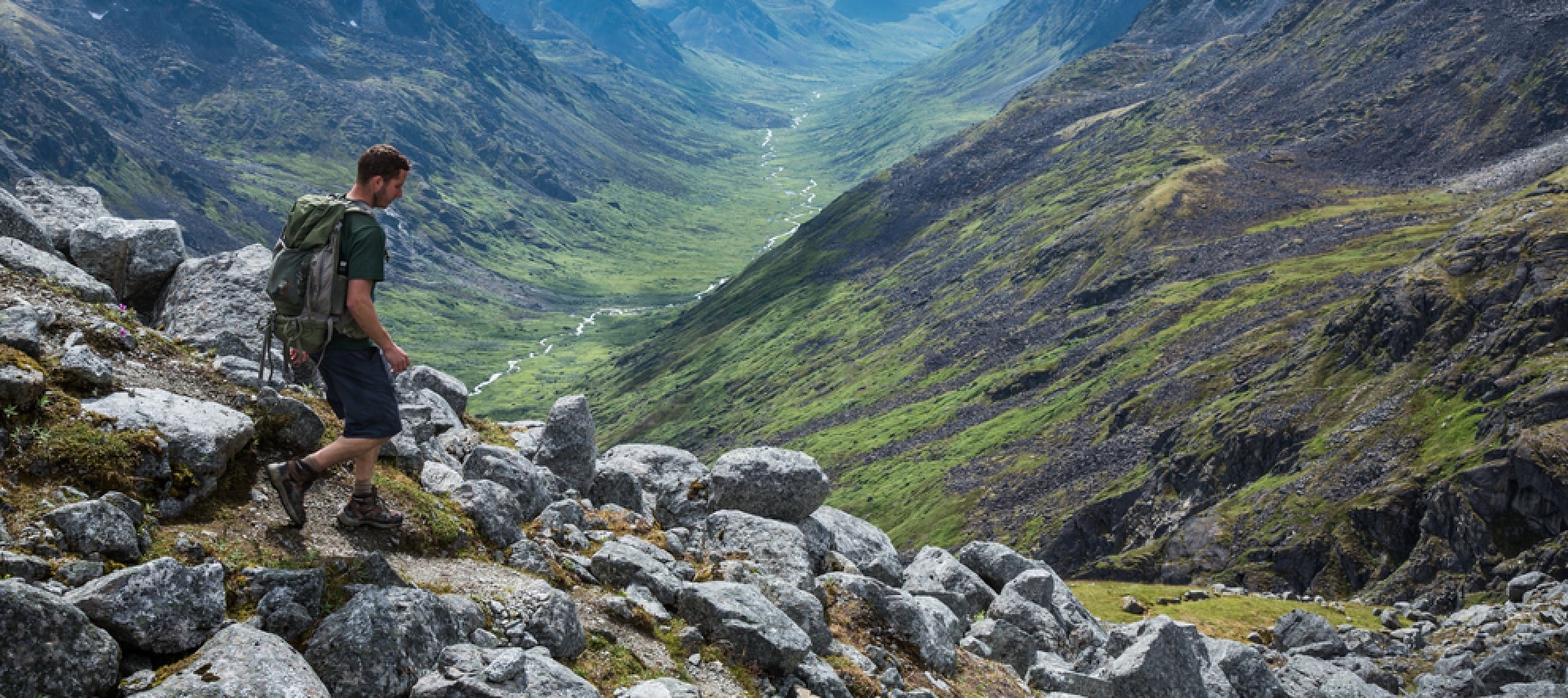In the realm of outdoor adventures, choosing the right pack is crucial for your camping and hiking journeys. Two key types stand out: the daypack and the backpack.
Each offers unique features tailored to different kinds of trips. In this guide, we’ll delve into the differences between daypacks and backpacks, helping you make an informed decision for your next trail adventure.
The Daypack: Lightweight and Versatile

A daypack is an ideal companion for short, day-long hikes, offering a blend of convenience and functionality. Perfect for day trips, these packs are designed to carry just what you need without excess weight.
Daypacks are Lighter Than Backpacks
While the terms ‘daypack’ and ‘backpack’ are often used interchangeably, there are distinct differences. A daypack is generally lighter and smaller, typically ranging from 20 to 30 liters in capacity.
Unlike a backpack, daypacks lack the structural features needed for carrying heavier loads. They’re primarily intended for essentials like snacks and water, especially on well-defined trails.
Features of Daypacks
Daypacks come with comfortable shoulder straps, crucial for ease of carrying. Their materials vary, from stylish leather for fashion-forward hikers to durable canvas for more rugged use. I
mportantly, daypacks are unisex and suitable for everyone, transcending traditional gender-specific designs. This versatility makes them a great choice for both hiking trails and urban use.
Whether you opt for a high-end brand like Coach or a practical option from a local sporting goods store, there’s a daypack to suit every style and need.
The Backpack
Now we get into what everyone knows and loves- the backpack. The backpack is an item that can be small or large. In fact, they range from sizes extra large to extra small.
They will be heavier than most daypacks though because they have back support as well as other supports, such as belts that ride on your hips or your stomach.
The backpack is what people go on long trips with. They might take it when they go across Europe. They may also bring it along when they are camping.
Backpacks that are large are built with compartments so that you can put a sleeping bag and pillow in if necessary. Additionally, they often come with lightweight sleeping bags and pillows if they are the type of backpacks that are meant to go to
Europe trips and other very long excursions. Some people need these sleeping bags for the woods, and others in Europe tend to stay in hostels, where they might need a sleeping bag because bedding is not provided. I mean, if you really want to get into it, some backpacks are also large enough to carry big tents.
You can carry a lot more in a backpack, obviously. They can carry 40 to 80 liters. This is really doubling the general range that daypack volumes fall under.
If you put your backpack down, it will probably sit upright. You should get one with as many supports as possible. You can get ones that you can snap up at your chest, hips, and even a load lifter. All of these will come in handy if you want to try to redistribute a heavy load.
The Daypack Versus the Backpack
As we’ve already delved into the comparisons, let’s reinforce that both daypacks and backpacks have their merits for hiking. The choice depends on your specific needs and preferences. Here’s a closer look at the key considerations:
Simplicity vs. Features:
- When opting for a daypack, you’re likely looking for simplicity, perfect for a day of carrying essentials. Carrying lunch and a few necessities doesn’t require all the bells and whistles of a full backpack.
- Weight matters. Some backpacks can add pounds to your load, whereas ultra-lightweight daypacks barely tip the scale when added to your gear.
Size Matters:
- The size of your pack should match your body. It’s essential to have a well-fitted backpack that conforms to your body’s contours. A 6-foot, 220-pound hiker shouldn’t be burdened with a pack designed for a 5-foot, 100-pound individual.
Sizing Guidance:
- To find the optimal fit, consult a salesperson or utilize sizing charts. They can help you choose the right pack for your body type and hiking needs.
Trial Packing:
- A practical approach is to load both your daypack and backpack with gear, then try them on. This way, you can assess comfort and balance. If your daypack sags or if there are non-negotiable heavy items, like a flashlight, consider upgrading to a backpack.
- Daypack users often consume their supplies throughout the day, avoiding the burden of unused weight on their return journey. However, remote hikes may require carrying essential survival gear.
The Final Leg Consideration:
- Remember that the last leg of your hike is often the toughest. Many hikers regret not having their survival gear at this stage. If you’ll be passing fellow hikers or have uncertain terrain, opting for a backpack might be prudent.
You may also be interested in the best fishing pole for backpacking. Happy backpacking!
